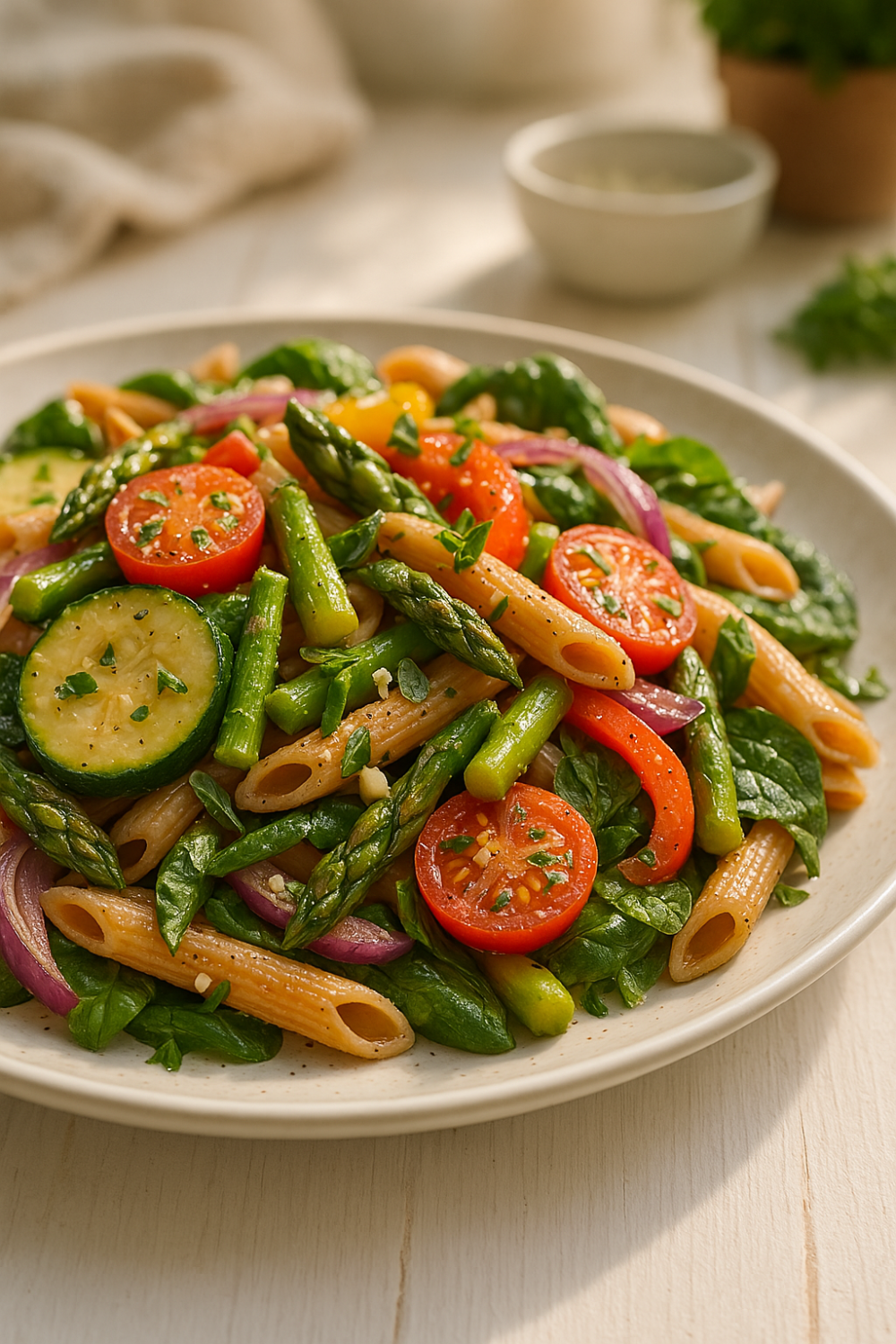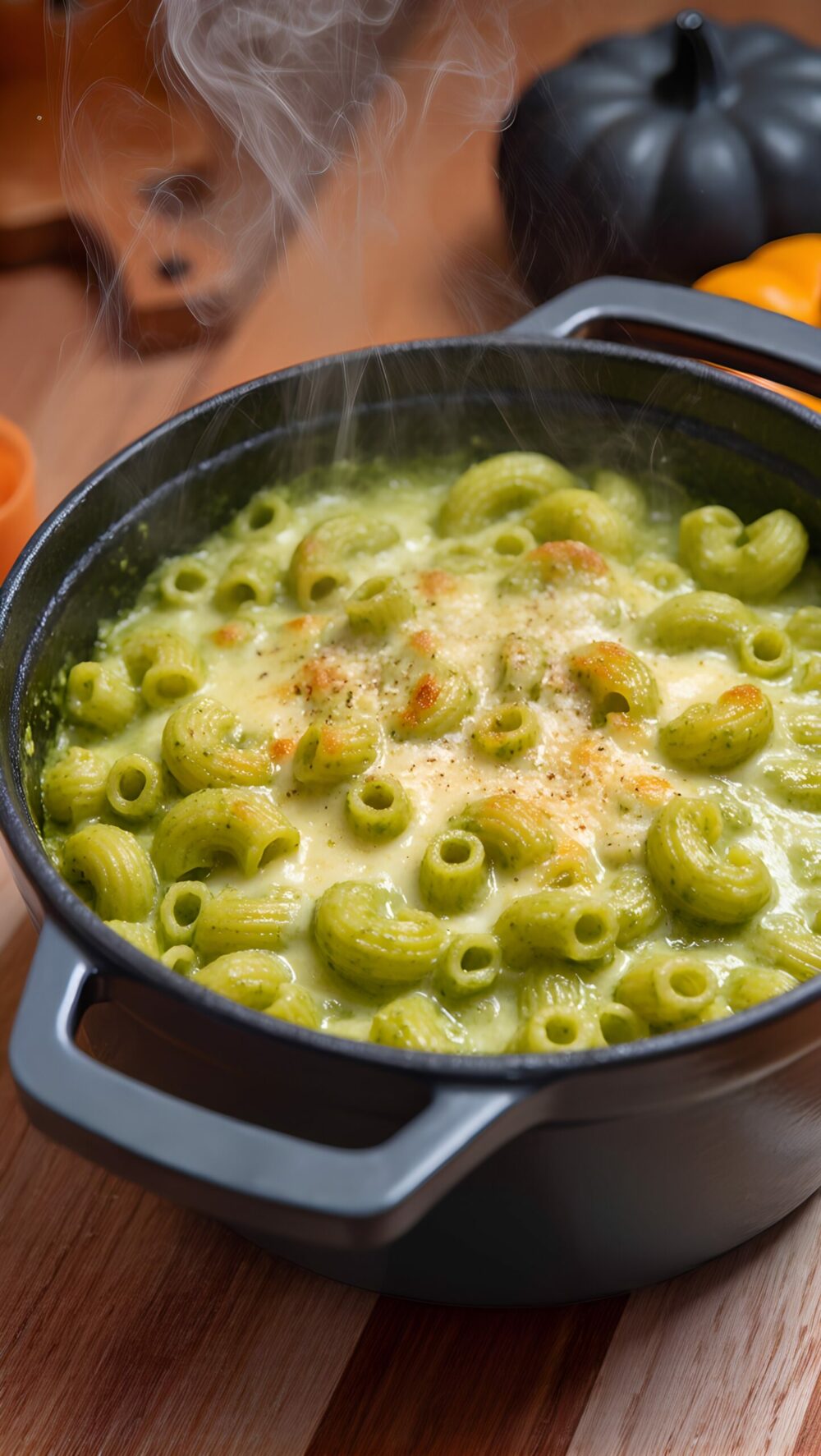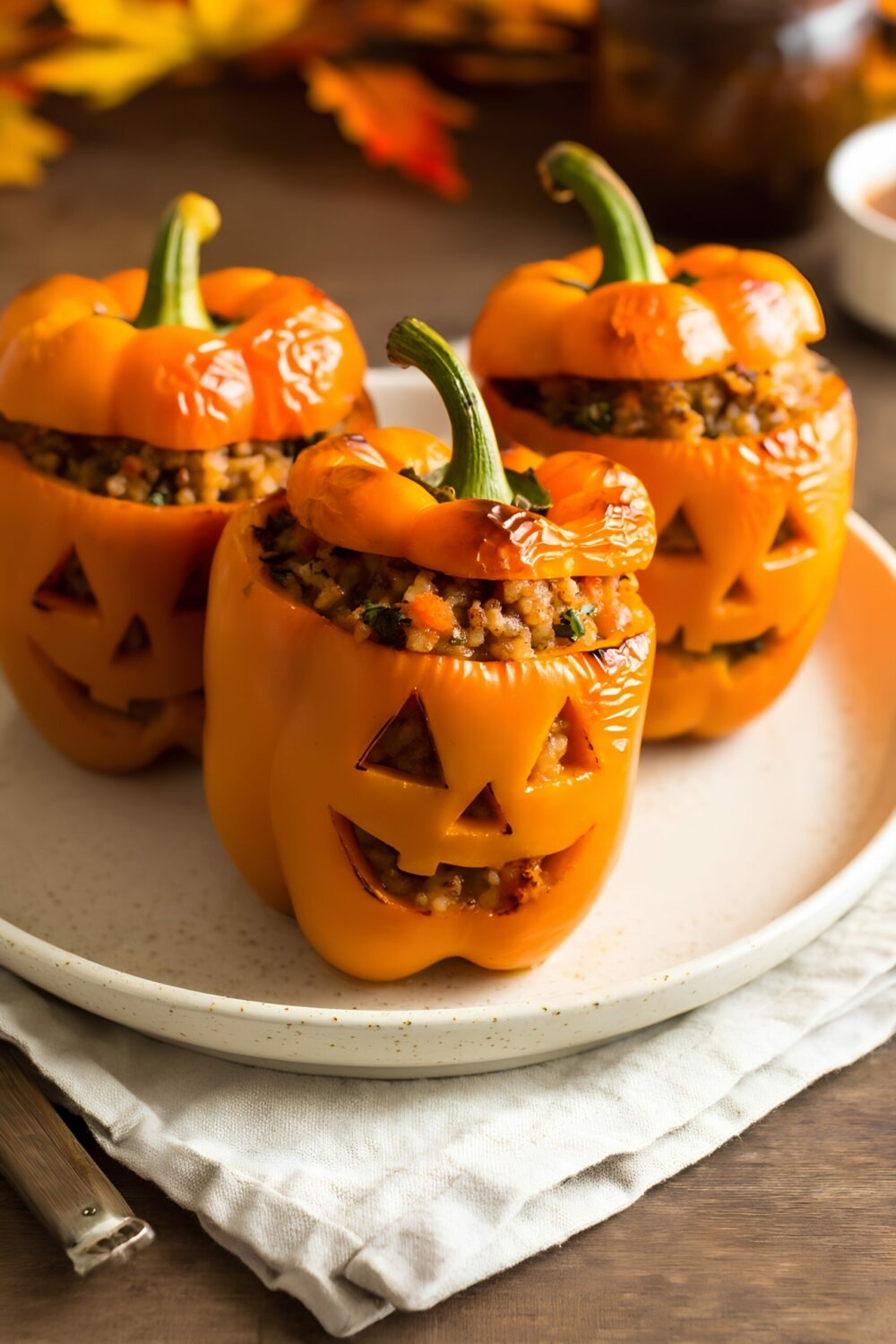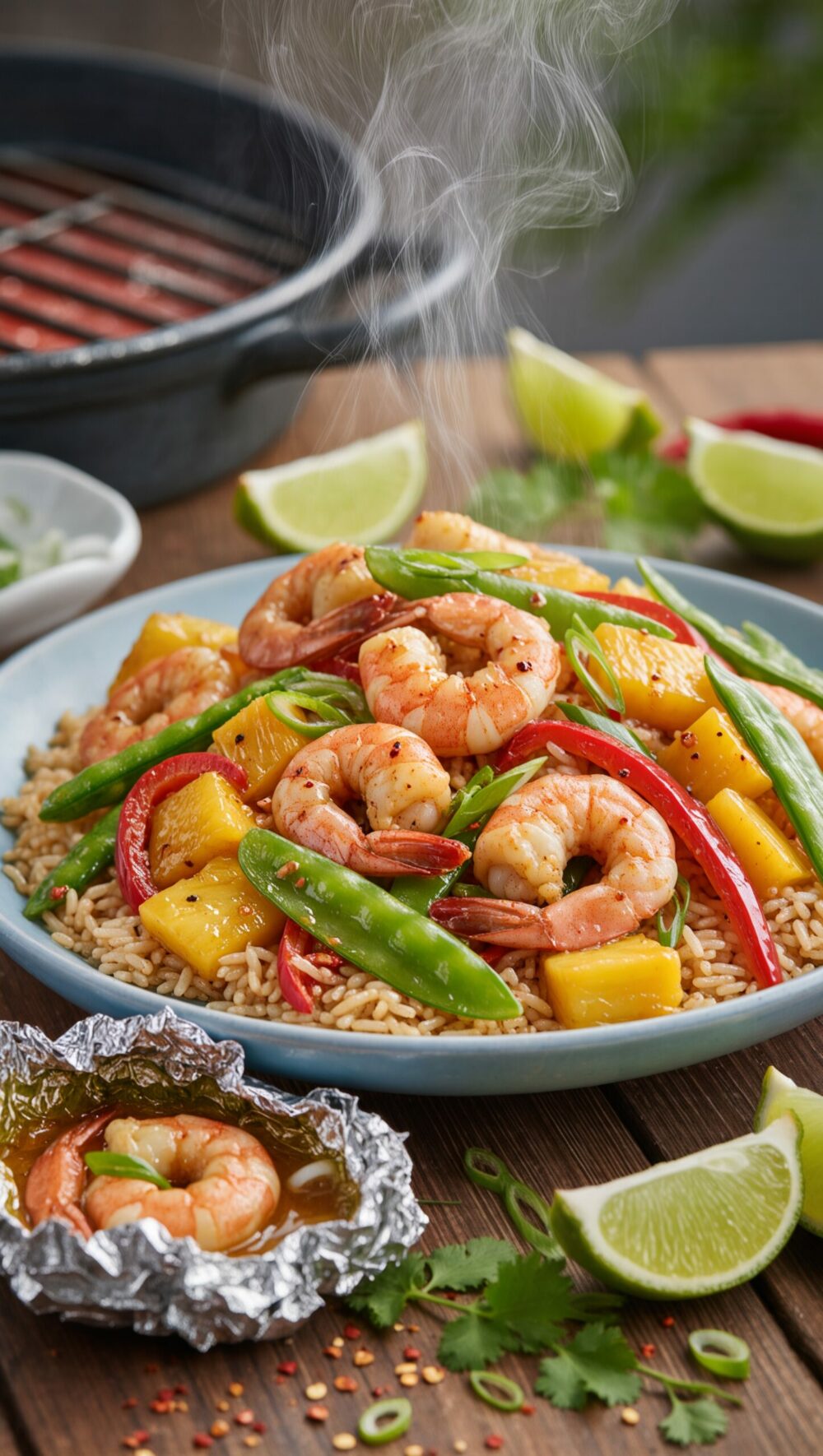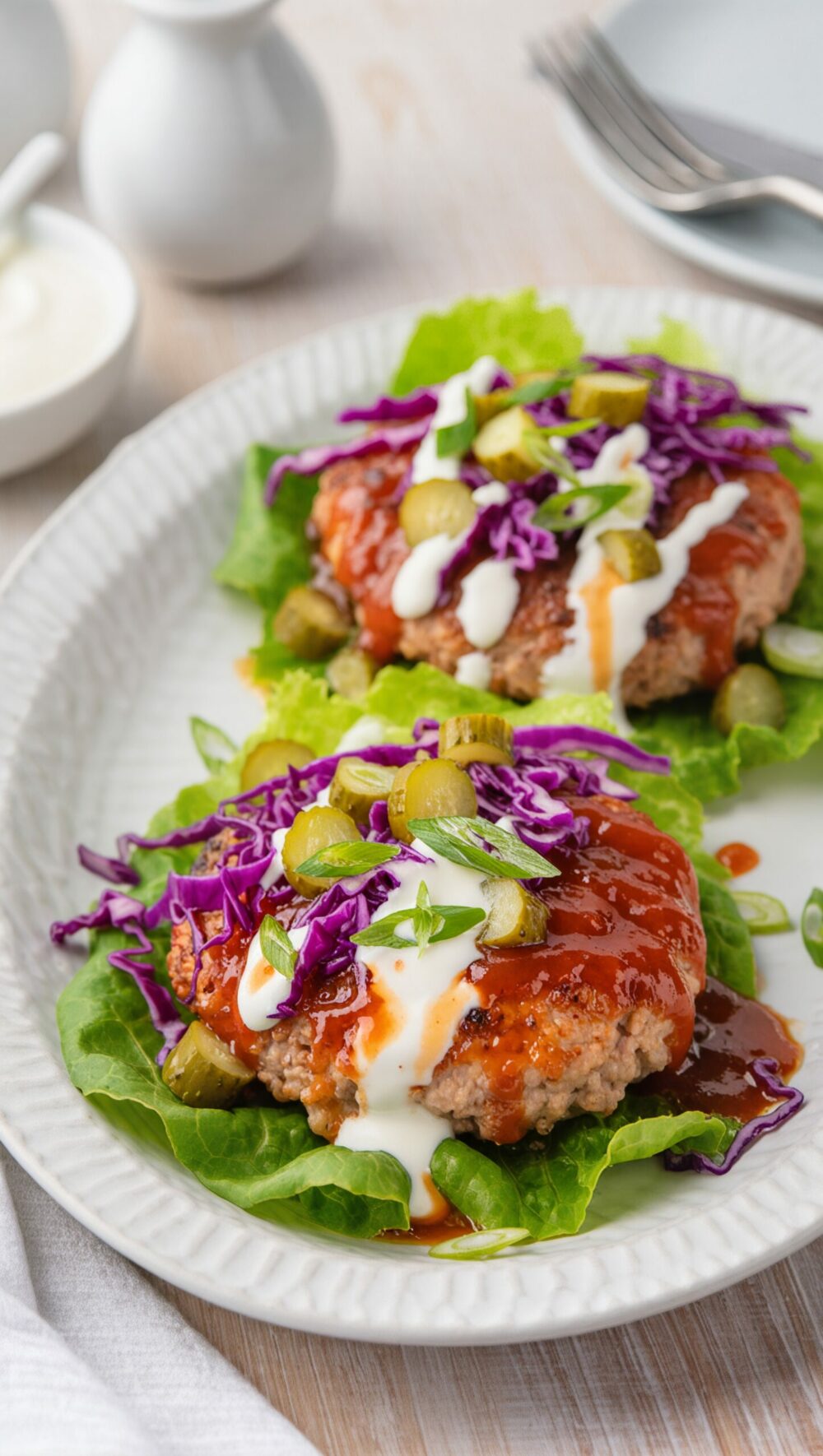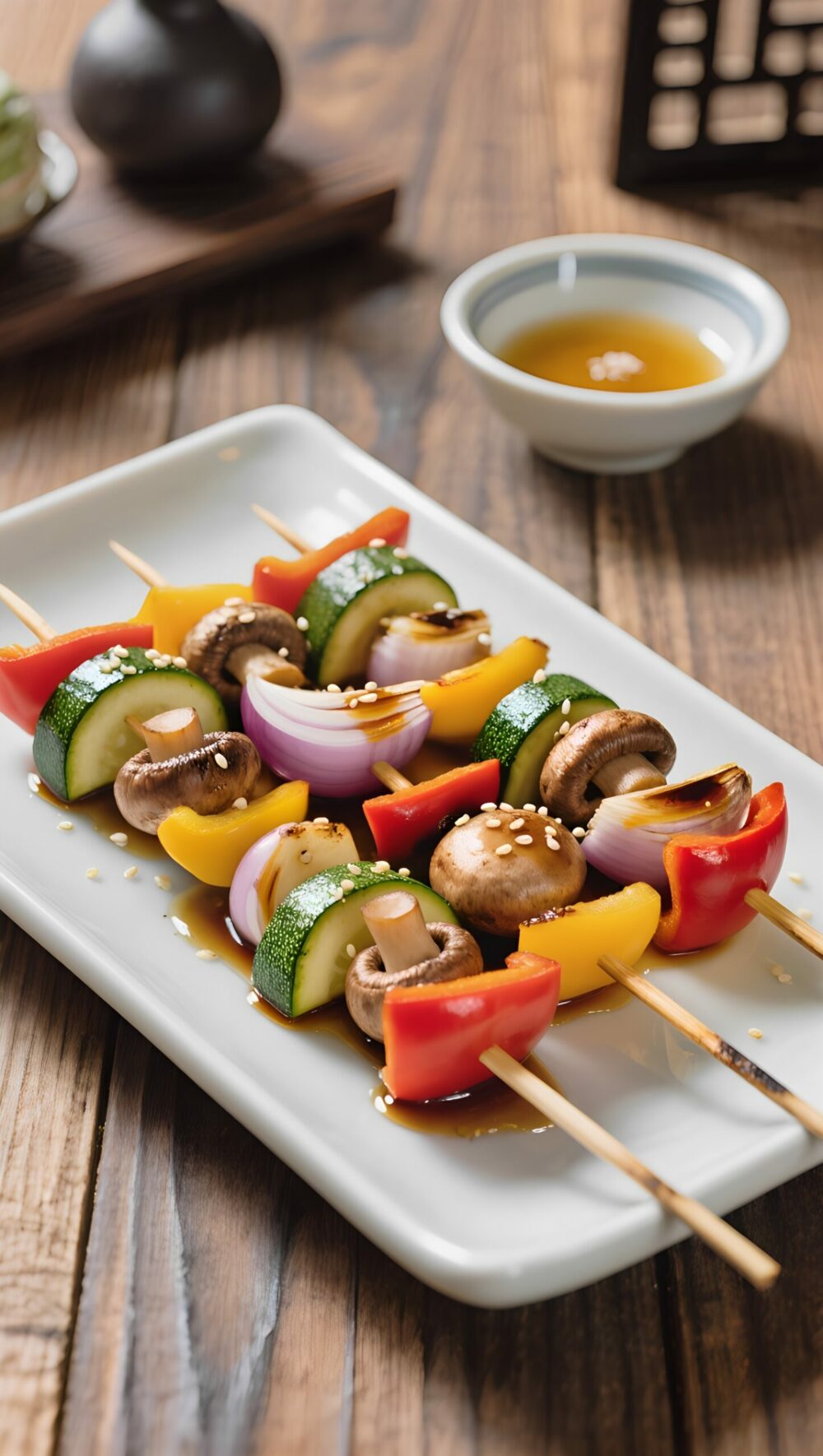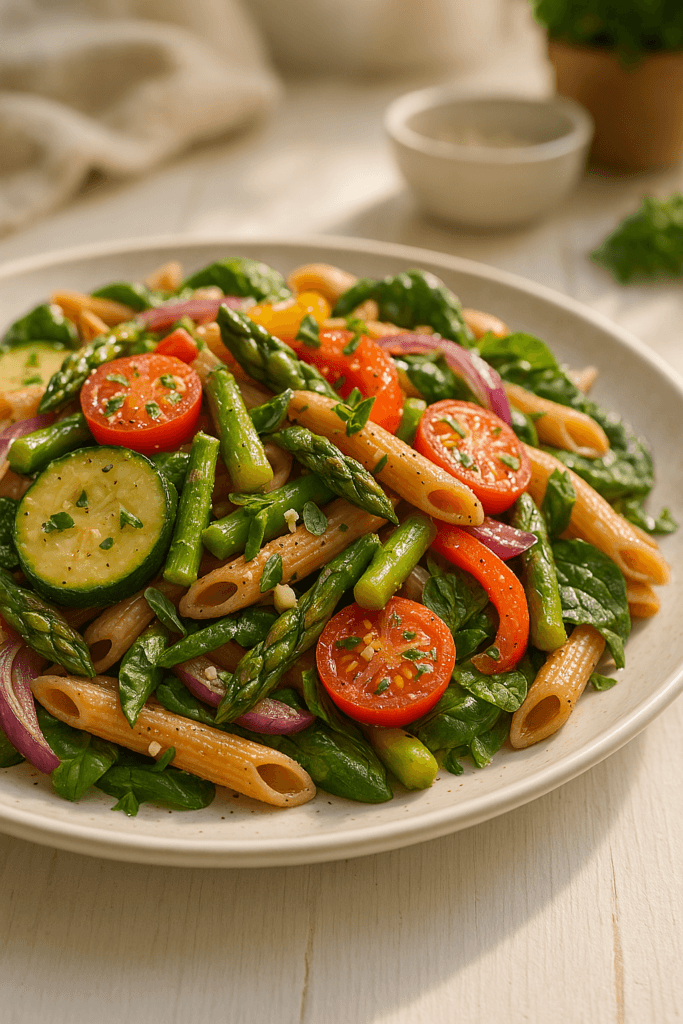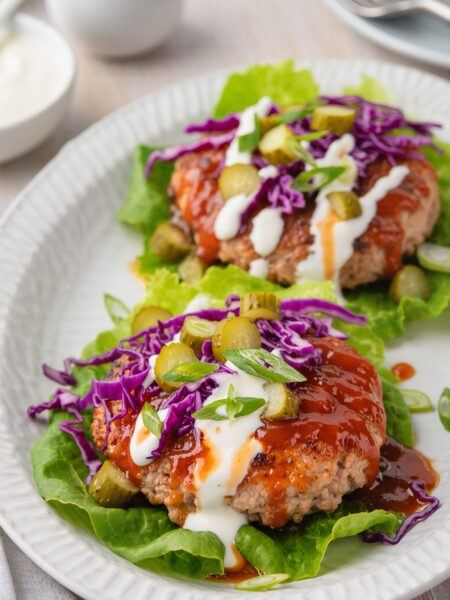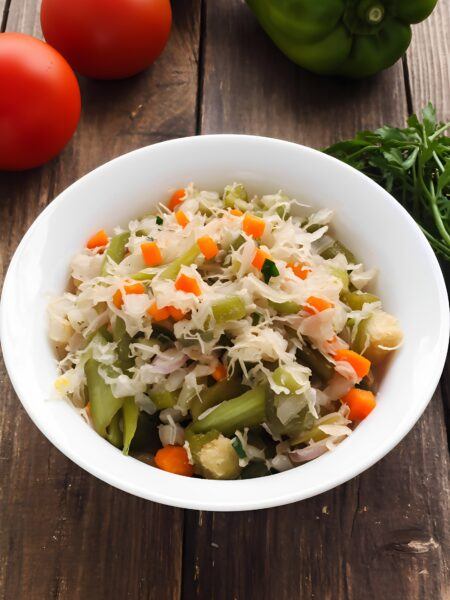As the days grow warmer and the world bursts into vibrant hues of green, there’s nothing quite like a plate of pasta primavera to celebrate the season. This delightful dish showcases an array of fresh, colorful vegetables, all tossed together with al dente pasta and a light, fragrant sauce, creating a symphony of flavors and textures that dance on the palate. It’s a celebration of spring’s bounty, inviting you to savor each bite as if you were dining al fresco in a sun-drenched Italian courtyard.
Origin and Cultural Significance
Pasta primavera, which translates to “spring pasta,” has roots that intertwine with Italian-American cuisine. While its precise origins are a bit murky, many attribute its creation to the 1970s when chefs began emphasizing seasonal produce in their dishes. This dish symbolizes the joy of spring, reminding us to embrace the freshness of the season and the simple pleasures of life. It’s a staple in many households, often passed down through generations, each cook adding their own personal touch to celebrate family and the changing seasons.
Unique Ingredients and Techniques
What sets pasta primavera apart is its vibrant selection of vegetables—think crisp asparagus, sweet bell peppers, and tender peas, all sautéed to perfection. The beauty of this dish lies in its adaptability; you can use whatever seasonal vegetables are available, making it a canvas for creativity. The cooking technique is just as important. Gently sautéing the veggies allows their natural sweetness to emerge, while a splash of olive oil and a hint of garlic elevate the flavors to new heights. Pairing it with a sprinkle of fresh herbs and a squeeze of lemon transforms a simple dish into an exquisite dining experience, capturing the very essence of spring on your plate.
Delicious Spring Veggie Pasta Primavera for Light Dining
Description
This light and flavorful pasta primavera showcases the crispness of spring vegetables, creating a delightful dish that's both nourishing and satisfying without weighing you down.
Ingredients
Fresh Ingredients for Spring Veggie Pasta Primavera
Instructions
Preparing the Pasta
-
Cook the Pasta
Bring a large pot of salted water to a boil. Add your favorite pasta (spaghetti or penne work wonderfully) and cook according to package instructions until al dente. Reserve a cup of pasta water before draining.Remember, the pasta will continue to cook a bit after draining, so aim for a firm bite!
Sautéing the Veggies
-
Sauté the Aromatics
In a large skillet, heat a generous drizzle of olive oil over medium heat. Add minced garlic and chopped onion, sautéing until fragrant and translucent, about 2-3 minutes.You can add red pepper flakes here for a little kick—adjust according to your spice preference! -
Add Seasonal Veggies
Stir in a colorful mix of spring vegetables like zucchini, bell peppers, asparagus, fresh spinach, and cherry tomatoes. Sauté until they are vibrant and just tender, about 5-7 minutes.
Feel free to swap in any seasonal veggies you love—broccoli or snap peas would be delightful!
Bringing It All Together
-
Combine Pasta and Veggies
Add the drained pasta to the skillet with the sautéed vegetables. Toss gently to combine, adding a splash of the reserved pasta water as needed to create a light sauce. Season with salt, pepper, and a squeeze of fresh lemon juice.The lemon juice brightens everything up—don’t skip it! -
Finishing Touches
Remove from heat and stir in freshly chopped basil or parsley for an aromatic finish. Top with grated Parmesan cheese if desired.
For a vegan option, skip the cheese or use a plant-based alternative!
Serving Suggestions
-
Plate and Serve
Serve the pasta primavera warm, garnished with extra herbs and a drizzle of olive oil. Enjoy it alongside a crisp green salad for a light and refreshing meal.This dish is best enjoyed fresh but can be stored in the fridge for up to 3 days—just reheat gently!
Note
- Use seasonal vegetables such as asparagus, peas, bell peppers, and zucchini for optimal freshness and flavor.
- Consider adding cherry tomatoes for a burst of sweetness and color.
- For a gluten-free option, substitute regular pasta with whole grain or gluten-free pasta.
- If you prefer a creamier sauce, stir in a splash of heavy cream or a dollop of ricotta cheese towards the end of cooking.
- Fresh herbs like basil or parsley can elevate the dish—add them just before serving for a vibrant touch.
- Toasting the garlic in olive oil until fragrant before adding the vegetables enhances the overall flavor.
- Cook the pasta al dente, as it will continue to cook slightly when mixed with the hot vegetables.
- Reserve a bit of pasta water to adjust the sauce consistency if needed—this starchy water adds body without extra fat.
- For a protein boost, consider tossing in some grilled chicken, shrimp, or chickpeas.
- Serve with freshly grated Parmesan cheese for added richness and depth of flavor.

